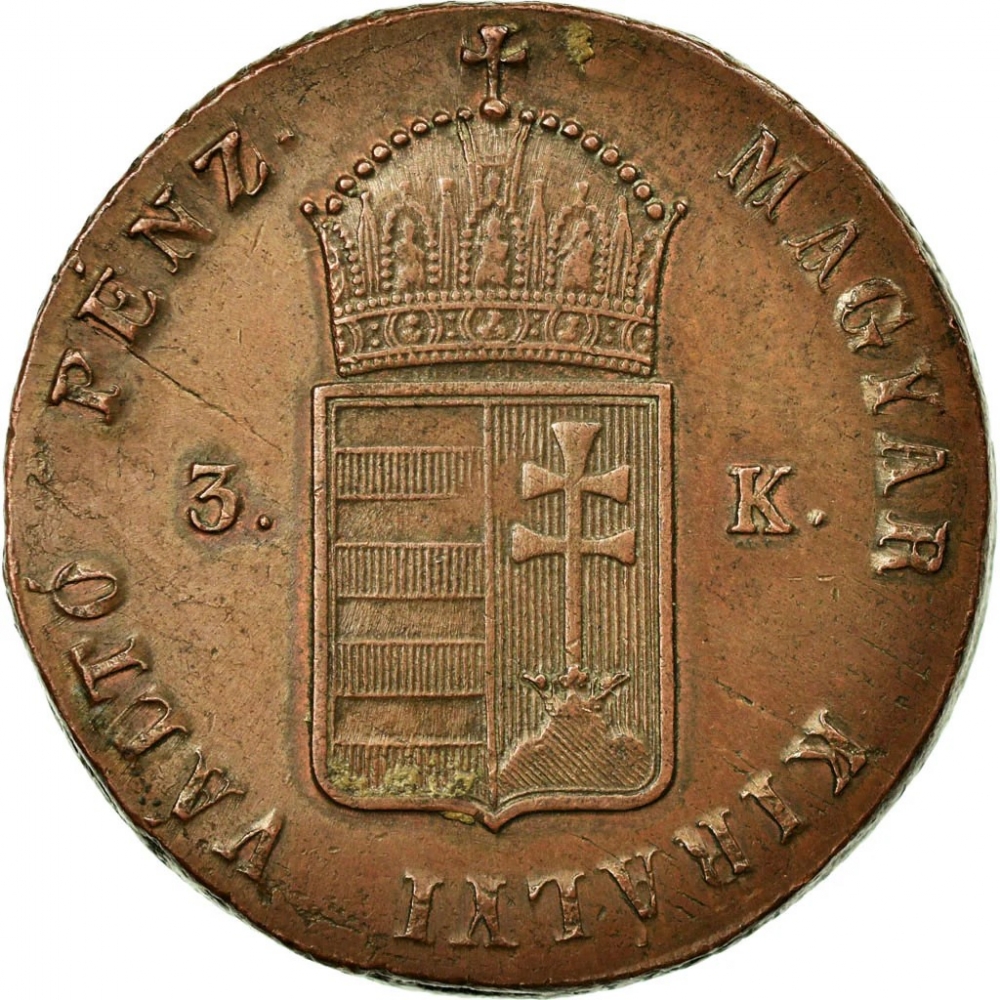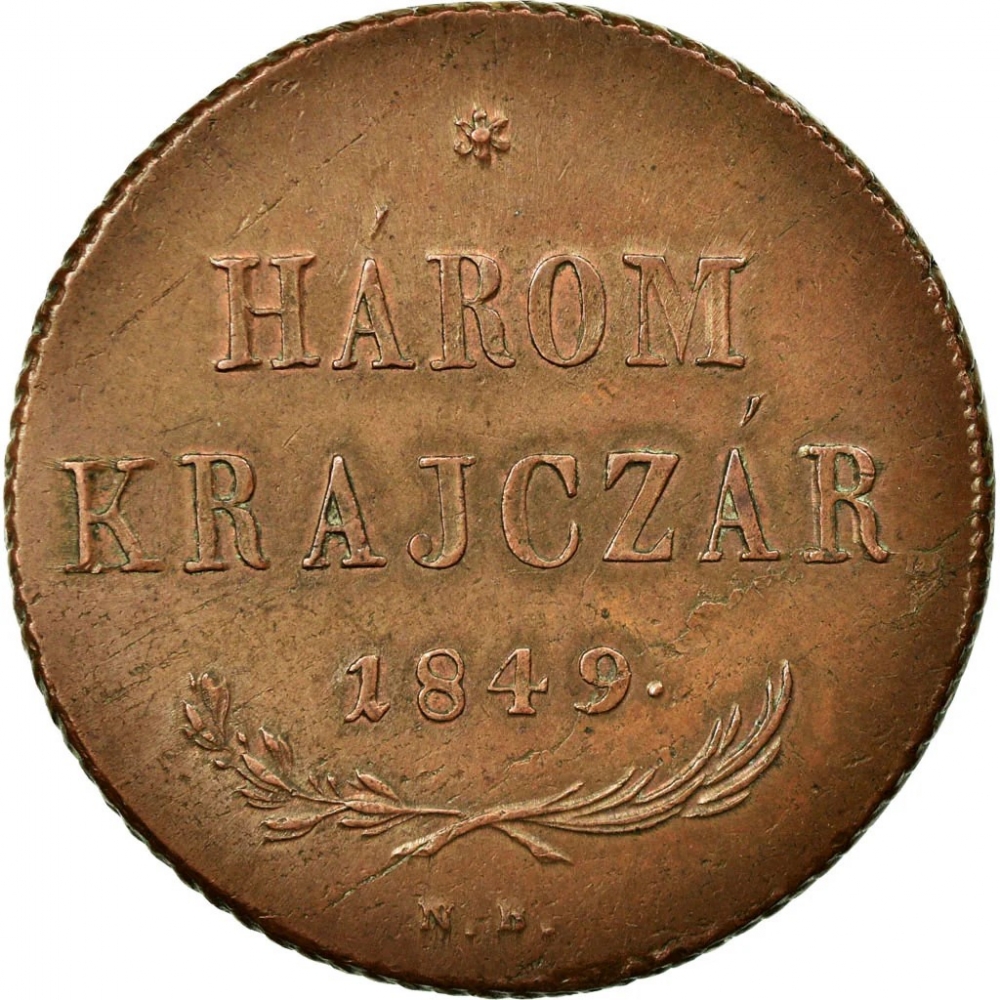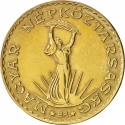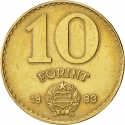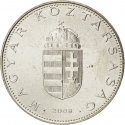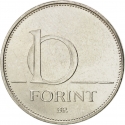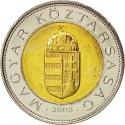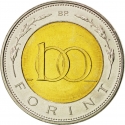You are about to finish your registration. Please check your mailbox (including spam folder). There should be a letter with a confirmation link. Check setting to make sure that your e-mail address is correct.
Send letter againDescription
The coins of the Hungarian Revolution of 1848–49 or the War of Independence refer to the minted coins produced in Hungary and Croatia during that period. Independent coinage symbolizes sovereignty, making it a notable achievement of the revolution. Although imperial coins with different motifs had been minted for Hungary before, Hungarian inscriptions first appeared on the revolution's coins, commissioned by Lajos Kossuth. These metal coins quickly disappeared from circulation, with most transactions conducted using paper money. The coins were minted at Nagybánya (Baia Mare) and Körmöcbánya (Kremnica) mints, bearing the mint marks N.B. and K.B., respectively.
Ferdinand I (1793–1875) was Emperor of Austria from March 1835 until his abdication in December 1848. He also held titles as King of Hungary, Croatia, and Bohemia (as Ferdinand V), and King of Lombardy–Venetia. Known as "The Benign" or "The Benevolent," Ferdinand succeeded his father, Francis I, on 2 March 1835. Due to severe epilepsy, he relied heavily on his uncle, Archduke Louis, and Prince Metternich, Austria's Foreign Minister, for governance. Amid the Revolutions of 1848, Ferdinand abdicated on 2 December 1848, succeeded by his nephew, Franz Joseph. Post-abdication, he resided in Hradčany Palace, Prague, until his death in 1875. Ferdinand married Maria Anna of Savoy, with whom he had no children.
Obverse

|
Depicts the Hungarian small coat of arms with a crown. Surrounding the coat of arms is the inscription "Hungarian Royal Exchange Coin." On the left side of the coat of arms, the inscription "3." is placed, while on the right side, the inscription "K." is found. These serve as abbreviated representations of the value denomination. MAGYAR KIRÁLYI VÁLTÓ PÉNZ• |
|---|---|
Reverse

|
Depicts a textual denomination "Three" below the inscription "Kreuzers". Beneath the denomination, the year of issue is placed, with a leaf motif underneath. At the top center of the coin, a floral motif is situated. Below the decorative leaf motif, the "N.B." (Baia Mare) mint mark is placed. HÁROM |
| Edge |
